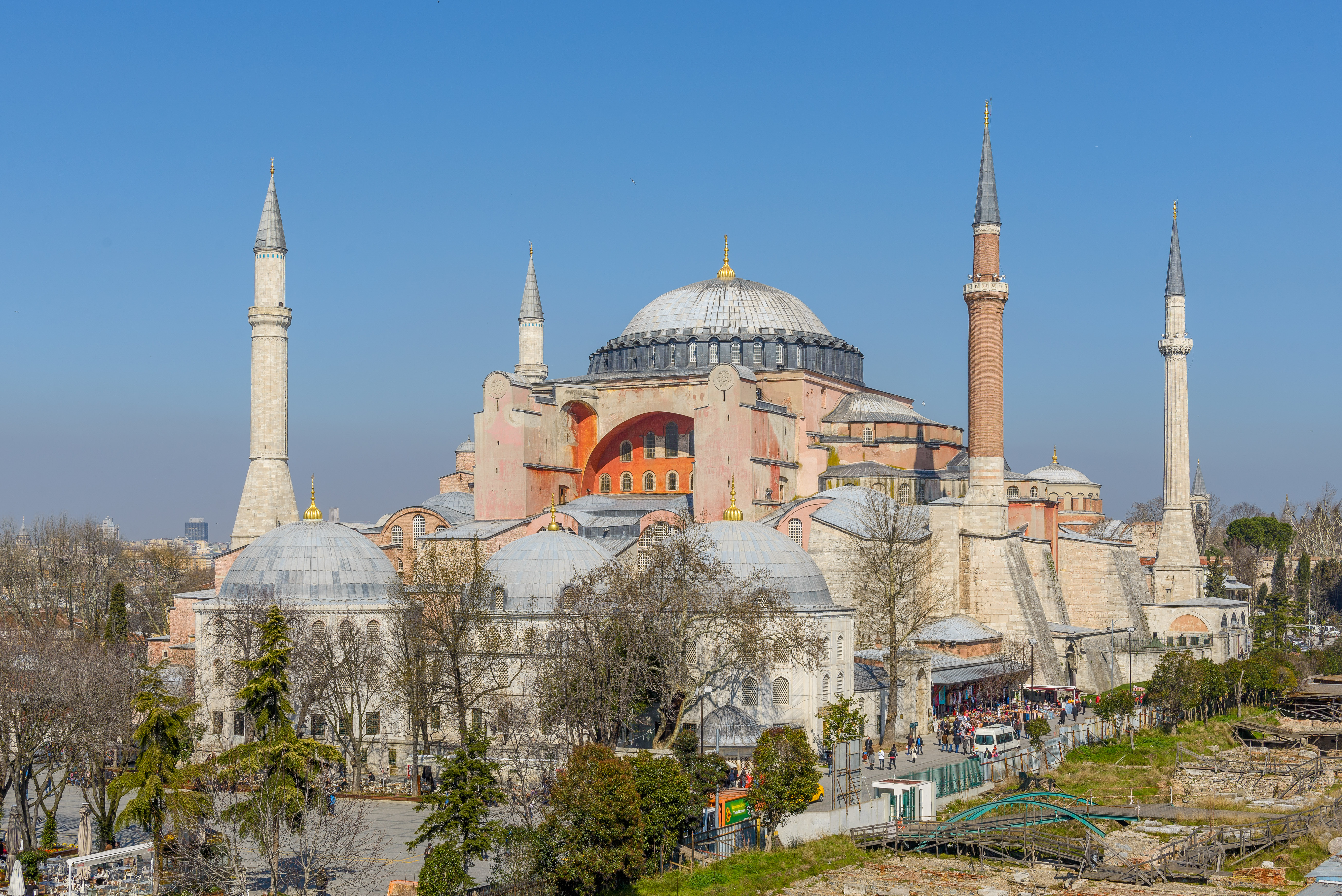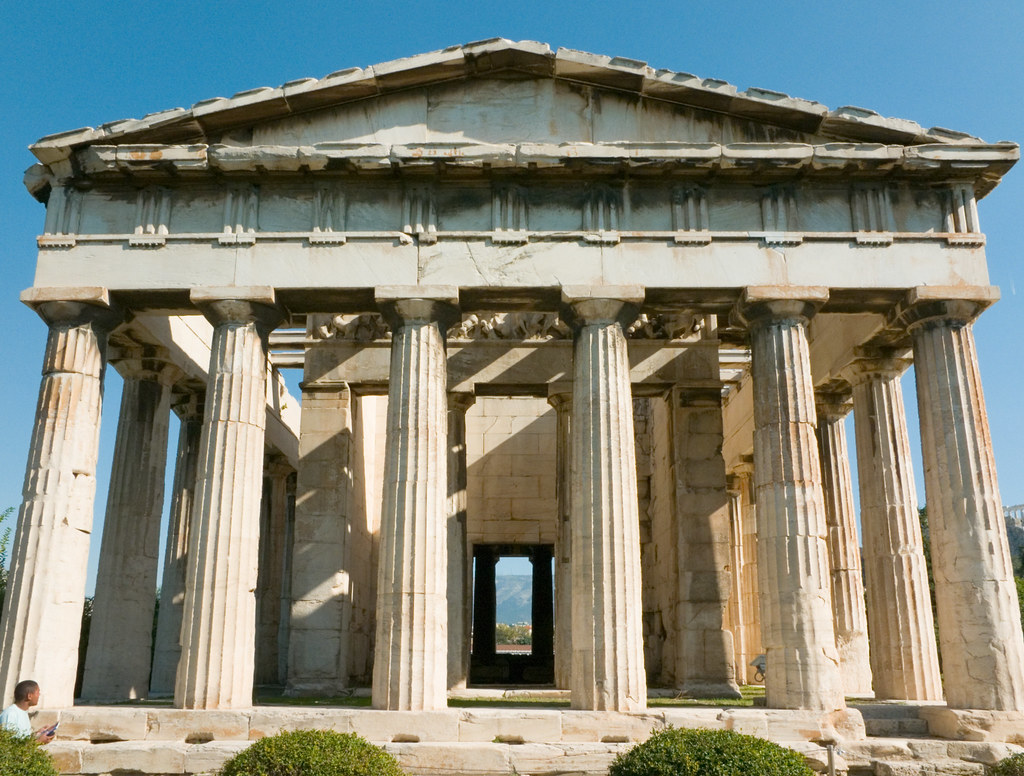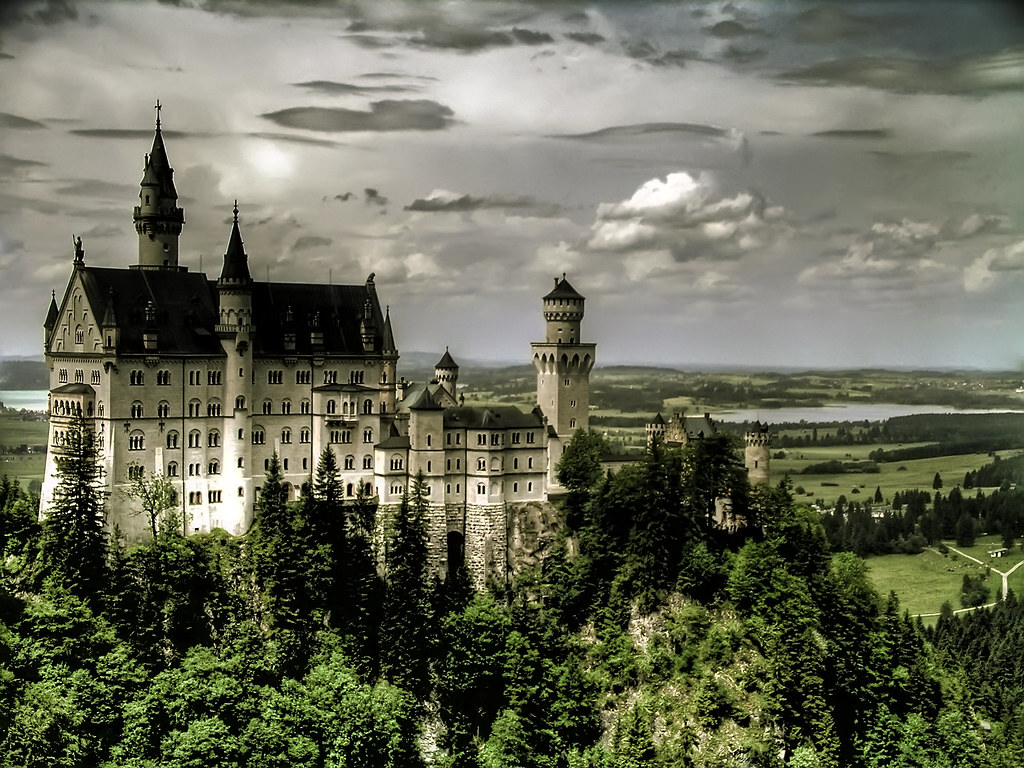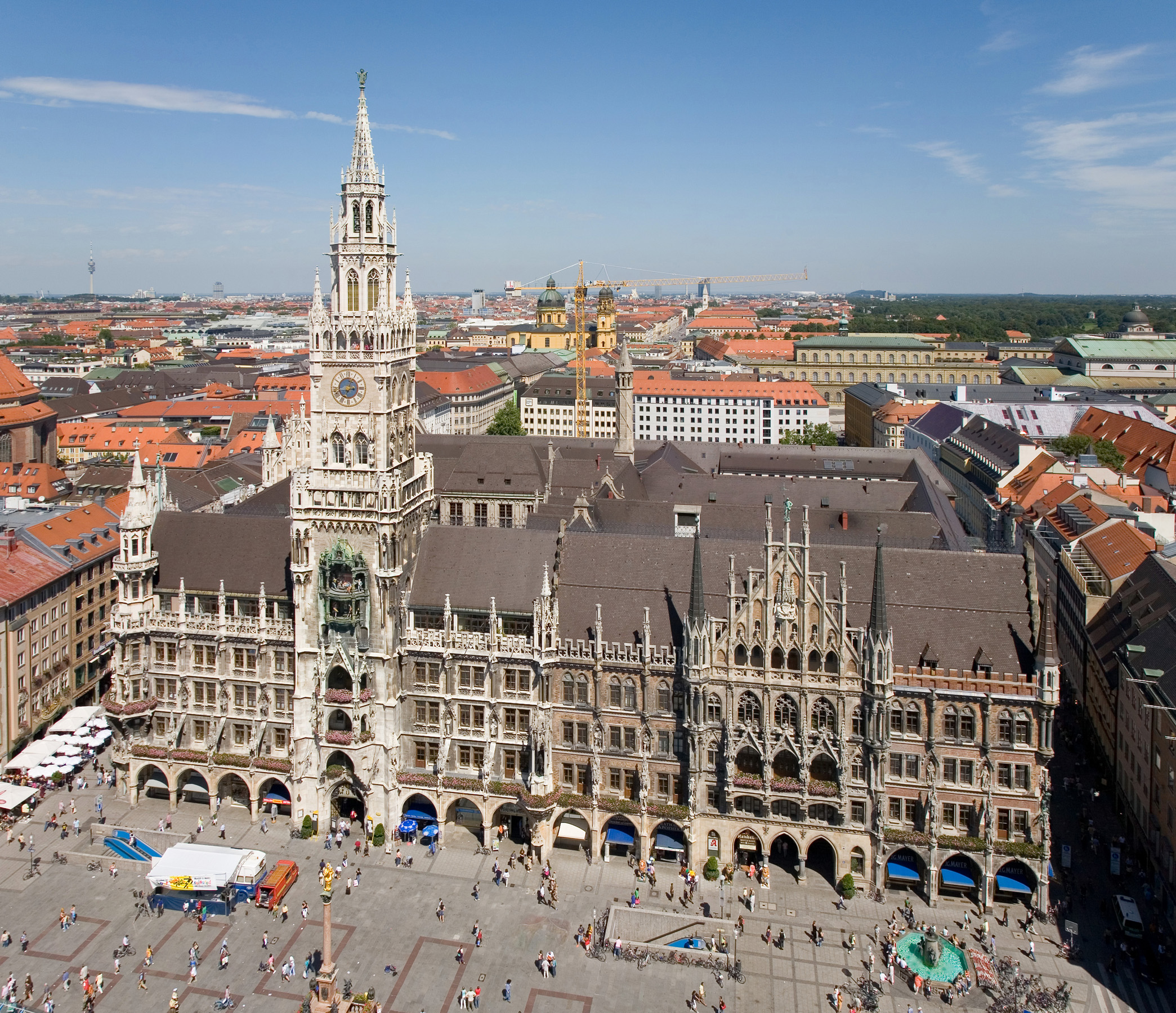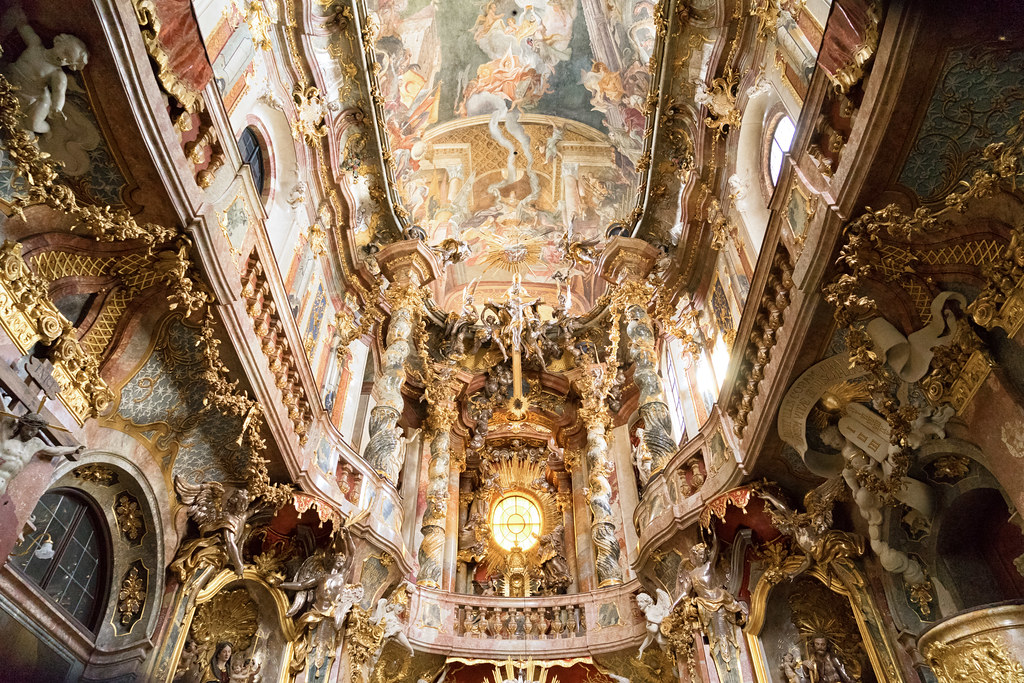Traveling should be a really great experience, but it can often be a nerve-wracking experience finding the ideal locations to spend our precious time. At Legendary Journeys we make it our specialty to relieve the stress of travel by providing you with an expansive amount of information about great places all around the world! From constructed marvels to amazing natural beauty, we have a lot of experience and knowledge to share. Today we take you to Jerusalem, Israel, whose rich religious history is hard to ignore!
Yad Vashem is the official memorial to the victims of the Holocaust in Israel. The name refers to a verse found in the Book of Isaiah and symbolizes that one of the founding principles was to carry on the names of the victims who had no one to do so for them following their deaths. Opened in 1953, the memorial is a 44 acre complex that contains various tributes to the victims of the Holocaust including a history museum, memorial sites, a museum dedicated to the art and sculptures of the Holocaust, and an educational center called the International Institute for Holocaust Studies. One of the most important goals for the founders was to recognize those helped their Jewish brethren during the ongoing genocide. Those recognized by Israel are honored in a section of Yad Vashem which is referred to as the Garden of the Righteous Among the Nations.
The Old City is a small walled area that sits within the modern city of Jerusalem, and was the entire city up until 1860 when the Jewish neighborhood Mishkenot Sha'ananim was established. It is home to some of the most vital religious sites in the city, including the Dome of the Rock and the Western Wall. It is split into four uneven quarters: the Muslim Quarter, the Jewish Quarter, the Christian Quarter, and the Armenian Quarter. The city features impressive defensive walls and city gates which were built in the latter half of the 16th century by the Ottoman Empire. Over the years there have been many claims to this part of the city, with Jordan capturing it in 1948 as part of the Arab-Israeli War and it was subsequently re-captured by the Israelis in 1967 during the Six-Day War. It is now considered part of occupied Palestinian territory by the United Nations. It was made a UNESCO World Heritage Site in 1981.
The Church of the Holy Sepulchre, also referred to as the Church of the Resurrection by Orthodox Christians, is one of the most famed churches in the world. It was completed in 335 and can hold a maximum of 8,000 people. The site is venerated as the place where Jesus of Nazareth was crucified, and also is the location where Jesus is said to have been laid to rest and later resurrected. The church has been an important destination for several Christian pilgrimages since the fourth century as it is the traditional site of the resurrection of Christ. The building is done in a mixture of Romanesque and Baroque styles, with a number of domes common for the style.
Jerusalem is one of the most special places in the entire world. The religious diversity of the city is inspiring, and the city's rich history is evident at every turn. There are few places in the world that are more exciting to see, and we're very happy to be able to take you there on a really fantastic trip that includes a lot of other amazing locations as well! For all of the details, please click here.


